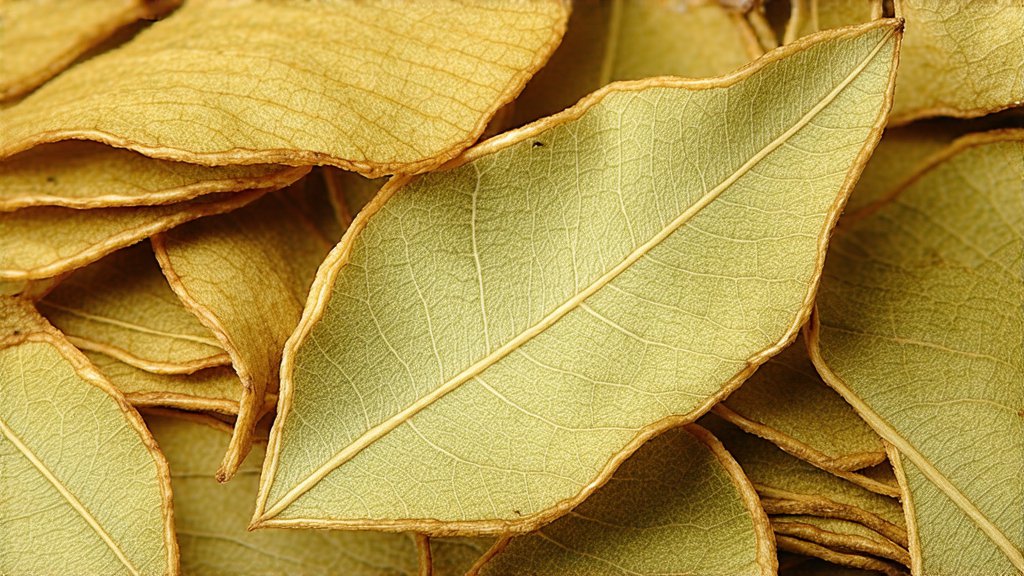
In the vast and diverse landscape of Chinese tea culture, where green, black, white, oolong, and pu-erh teas dominate the scene, there exists a lesser-known gem that captivates the senses with its distinct charm – the Junshan Yinzhen, a quintessential representative of the enigmatic category known as Yellow Tea or Huangcha. This article embarks on a journey to unravel the mystique surrounding this golden elixir, delving into its historical roots, varieties, intricate manufacturing process, and the art of its appreciation.
Historical Context
The origins of Junshan Yinzhen can be traced back over a millennium to the Tang Dynasty (618-907 AD), during which time it was already esteemed as a tribute tea for imperial consumption. Nestled in the verdant hills of Junshan Island, located in the heart of Dongting Lake in Hunan Province, this tea has long been associated with poetic elegance and refined taste. Its name, "Yinzhen," translates to "silver needle," a nod to the fine, downy buds from which it is crafted.
Varieties within Yellow Tea
While Junshan Yinzhen stands as the most renowned among Chinese Yellow Teas, it shares its category with other notable varieties such as Mengding Huangya (Yellow Sprout from Mengding Mountain) and Houkui Huangya (Monkey King Yellow Sprout). Each of these teas undergoes a similar transformation process but exhibits subtle differences in flavor profile, aroma, and appearance due to variations in terroir, cultivation methods, and processing techniques.
The Art of Crafting Junshan Yinzhen
The production of Junshan Yinzhen is an artisanal endeavor that marries tradition with precision. It all begins with the careful selection of tender tea buds harvested in early spring when they are still enveloped in a delicate layer of silver hairs. These buds are then subjected to a meticulous process known as "shahuo," or fixation through heat. Unlike green teas that are quickly fried or steamed to retain their green color, Junshan Yinzhen undergoes a slower roasting process at lower temperatures, allowing the enzyme activities to proceed partially, leading to the characteristic yellow coloration.
Following this initial step, the leaves are wrapped in bamboo mats and left to undergo a unique microbial fermentation process called "menqing." This controlled oxidation further deepens the yellow hue and enriches the tea's flavor complexity. Finally, the tea is carefully dried to remove excess moisture while preserving its natural sweetness and aroma.
Appreciating Junshan Yinzhen
To truly savor the essence of Junshan Yinzhen, one must engage in the ritualistic practice of Gongfu Cha, or 'tea ceremony.' Begin by selecting a transparent glass teapot to admire the tea's graceful dance as it unfurls. Use water heated to around 80°C (176°F) to avoid scalding the delicate leaves. A ratio of approximately 3 grams of tea per 150 milliliters of water is ideal.
Upon infusion, observe the transformation of the pale yellow liquor, which gradually intensifies with each steeping. The aroma is a harmonious blend of chestnut, honey, and a hint of orchid, evoking images of misty mountaintops at dawn. Sip slowly, allowing the smooth, mellow flavor to coat your palate, revealing notes of sweetness intertwined with a subtle vegetal undertone. The finish is clean, leaving a lingering sweetness that invites further contemplation.
Junshan Yinzhen can be enjoyed alone for its pure expression or paired with light snacks like mooncakes or delicate pastries to enhance the tasting experience without overpowering the tea's nuances.
In conclusion, Junshan Yinzhen represents not just a tea but a cultural heritage steeped in history and craftsmanship. Its creation is a testament to humanity's ability to harness nature's bounty into something transcendentally beautiful. As you embark on your own exploration of this yellow tea treasure, may each sip transport you to the tranquil shores of Junshan Island, where time slows down, and the simple pleasures of life are savored like never before.